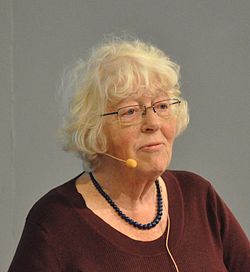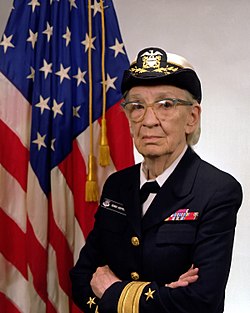
This is a historical list dealing with women scientists in the 20th century. During this time period, women working in scientific fields were rare. Women at this time faced barriers in higher education and often denied access to scientific institutions; in the Western world, the first-wave feminist movement began to break down many of these barriers.








